Illuminate Your Vision
5 Essential Art Lighting Methods for Galleries & Collectors in Singapore
Understanding how to best light and display art is paramount, whether you're a commercial gallery owner aiming to captivate buyers or an art collector curating your cherished pieces at home. Beyond mere visibility, light shapes perception, highlights detail, and sets the perfect mood for appreciation.
In the dynamic art world, from bustling Singapore galleries to grand international museums, diverse lighting strategies are employed to enhance the viewer's journey. Let's explore five common and highly effective methods:
1. The White Cube: Pure & Uninterrupted Presentation
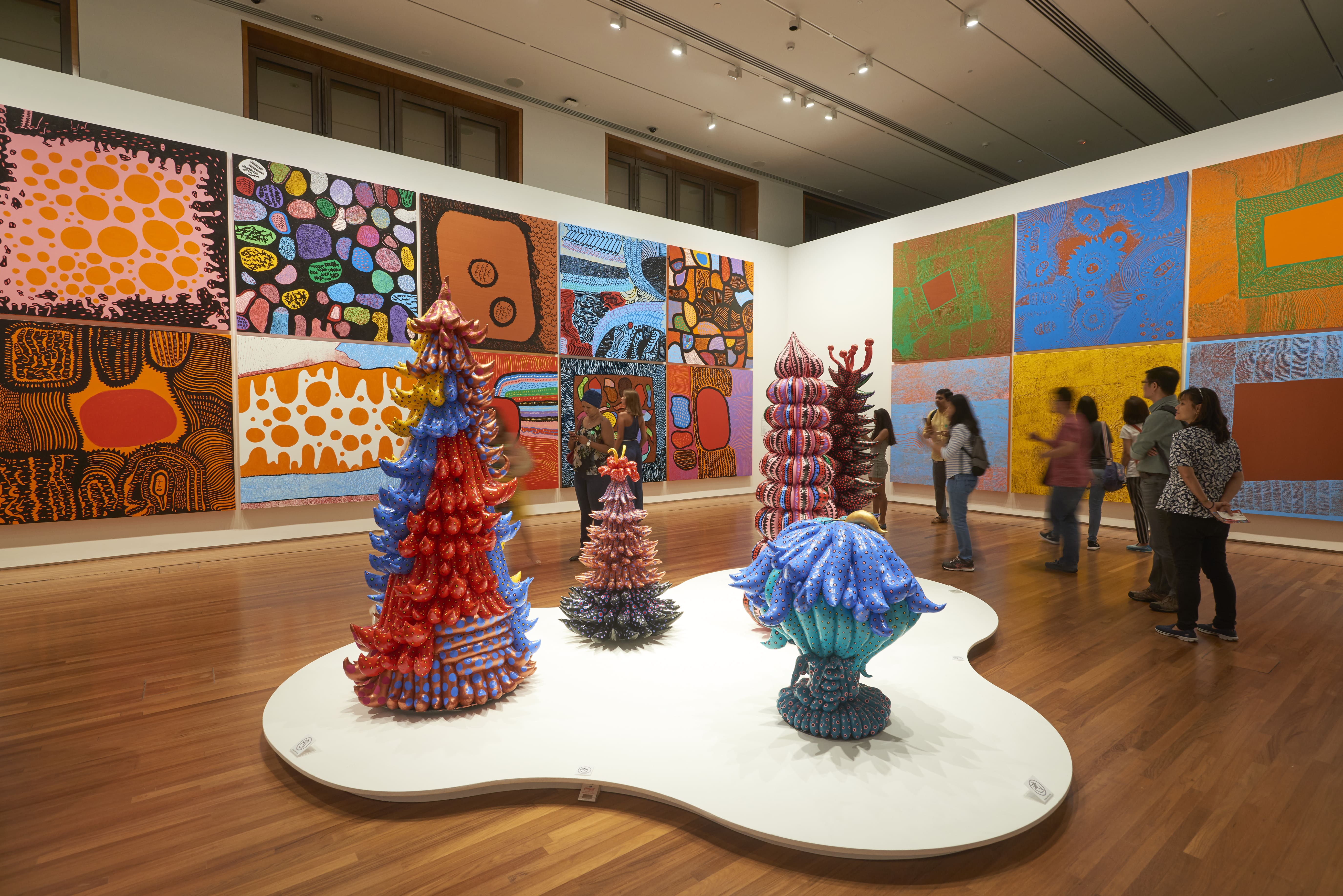
Often synonymous with Conceptual or Contemporary Art, the 'White Cube' creates a uniformly illuminated space. This method provides a neutral background across various themes, allowing multiple works to be perceived as a cohesive unit through meticulous wallwashing. It’s the ideal neutral canvas for paintings, where the artwork and the room achieve equal hierarchical perception and lighting treatment. Crucially, unlike accent lighting, this approach requires minimal changes if picture arrangements or formats are updated.
Used for: Modern, Conceptual, Contemporary Art, paintings.
Effect: Factual, objective communication; brings out true colours.
Example in Singapore: National Gallery Singapore, Exhibition: Yayoi Kusama: Life is the Heart of a Rainbow (Photographer: Jotham Photography). Also seen at Shout Contemporary, Hong Kong (Exhibition: New Order - Age of Consent).
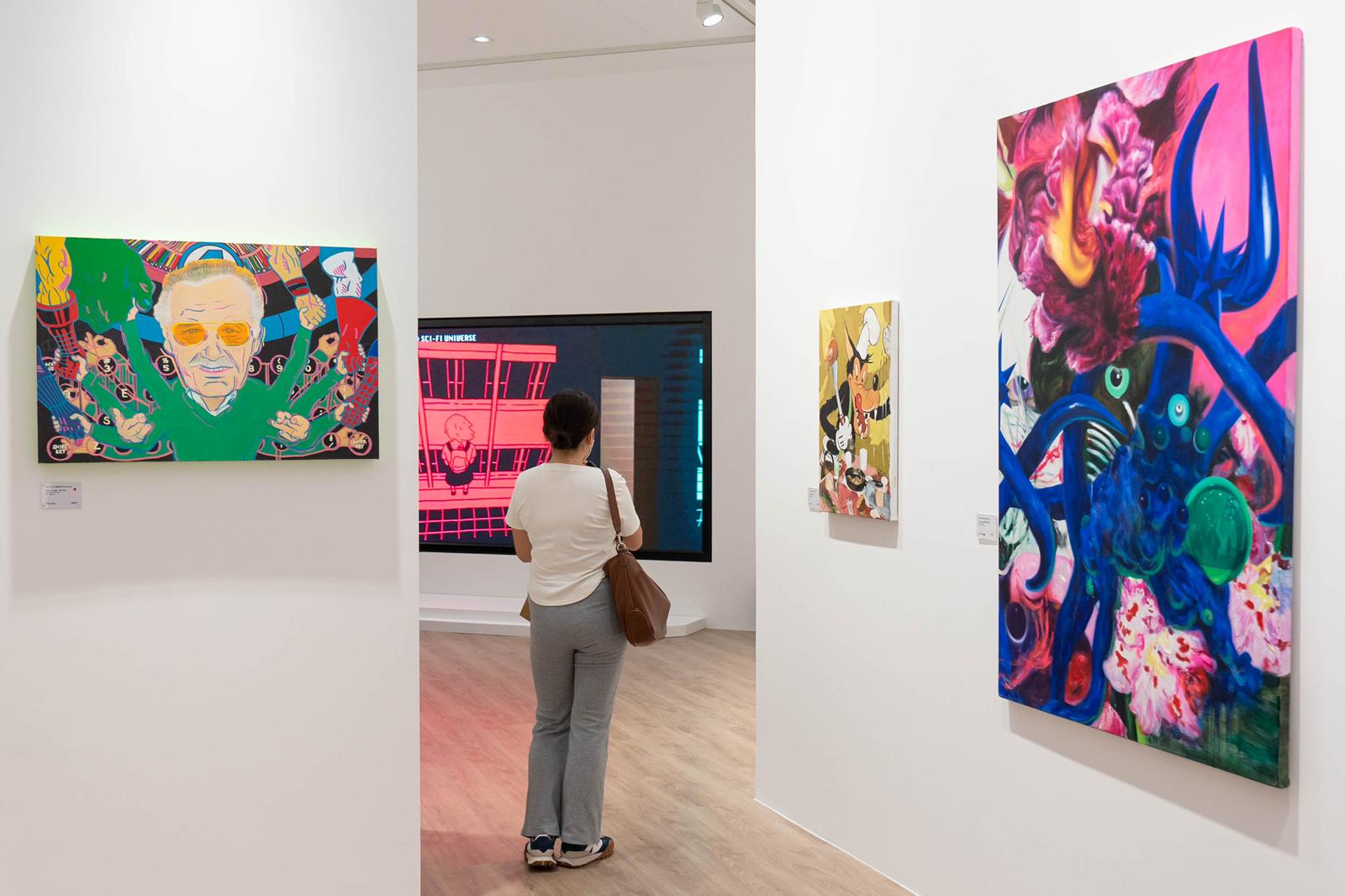
2. Minimalist Accenting: Subtle Emphasis, Emotional Depth
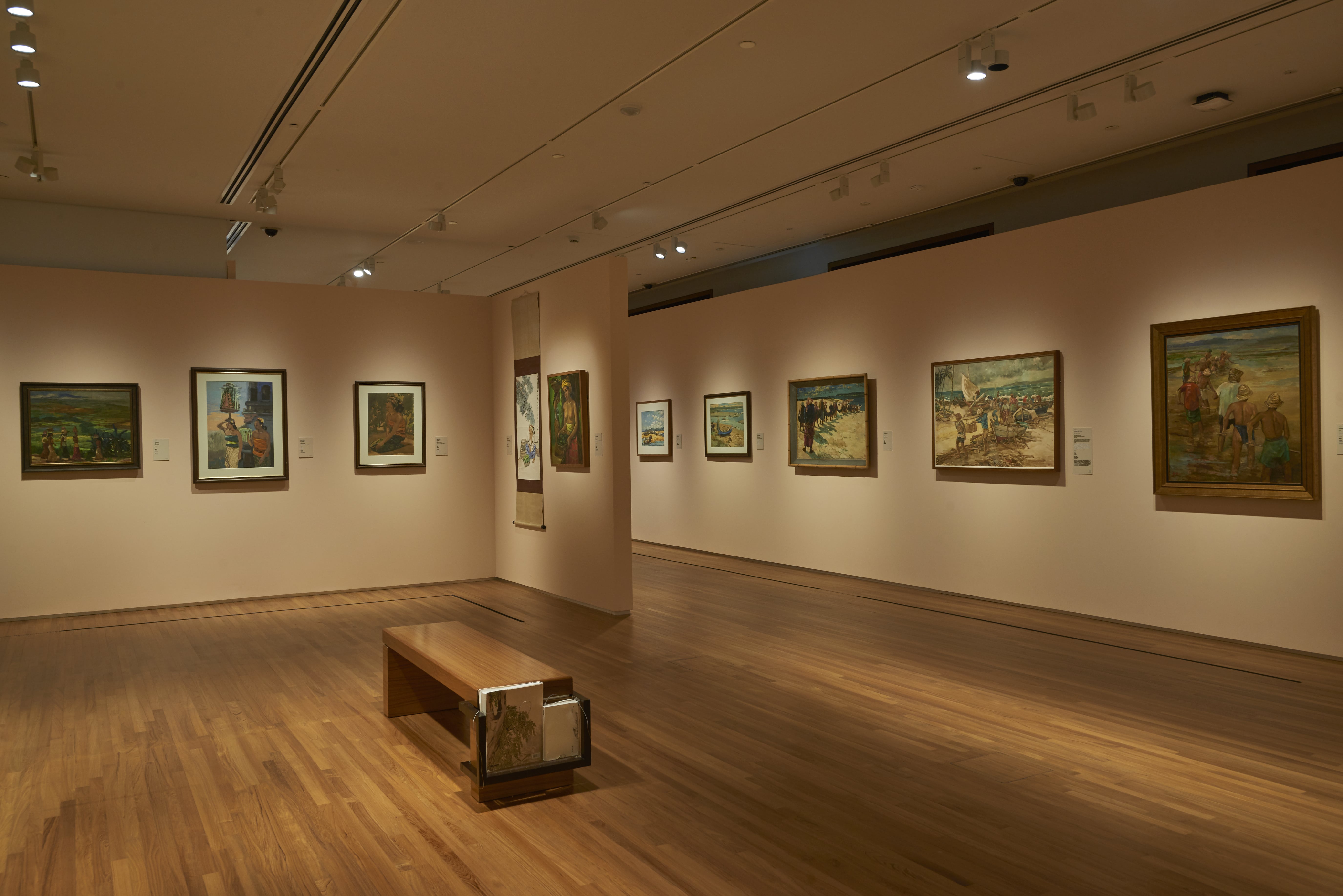
Minimalist Accenting introduces subtle accent lighting to existing wallwashing and ambient light. This removes the sometimes clinical feel of the White Cube without veering into the dramatic. It works exceptionally well in spaces with bright natural light, yet subtly emphasizes individual artworks and their textures. The nuanced use of contrasting colour temperatures can also cleverly differentiate the artwork from its background, adding depth and emotion. This method is a favourite in historical museums for classic art, and notably enhances sculptures better than the uniform White Cube approach.
Used for: Historic art, classic pieces, sculptures.
Effect: Softer, more emotive lighting; subtle emphasis on individual works.
Example in Singapore: National Gallery Singapore (Photographer: Jotham Photography), including Yayoi Kusama: Life is the Heart of a Rainbow for sculptural works.

3. Dramatic Accenting: Theatrical Focus & Intense Observation

For those seeking to create an intense observation of art, Dramatic Accenting is the answer. By placing a strong focus on the artwork, this method leverages rich contrasts of light and shadow to create a theatrical effect. Here, only accent lighting is employed, making it ideal for darker, often underground galleries or architecture with minimal to no natural light. The artworks are powerfully brought into the foreground, commanding immediate attention.
Used for: Sculptures, antiquities, exhibitions with spiritual/religious content, themes of desolation or war.
Effect: Intense focus, theatricality, solemn aura.
Example in Singapore: Asian Civilisation Museum (Photographer: Jotham Photography). Also seen at Volte Art Projects, Dubai.

4. Black Cube / Hyperreal: Immersive Cinematic Experience

The 'Black Cube' or 'Hyperreal' approach transforms the gallery into a cinematic space where the art is dramatically intensified, and the room itself seems to vanish. It's the complete opposite of the White Cube. Walls are typically black, and artworks are precisely highlighted with contour framing spotlights, creating the mesmerising effect that the pieces are magically illuminated from within. This method is perfect for hyperrealism, cinematic, or photographic works, and is also invaluable for the conservation lighting of highly sensitive artworks. It thrives in dark spaces with no natural light and walls with very low reflectance, ensuring the background truly disappears to intensify the brightness and colours of the art.
Used for: Hyperrealism, cinematic/photographic works, conservation of sensitive art.
Effect: Art intensified, room disappears, magical internal illumination.
Example: Amore Pacific Museum of Art (APMA), Seoul.
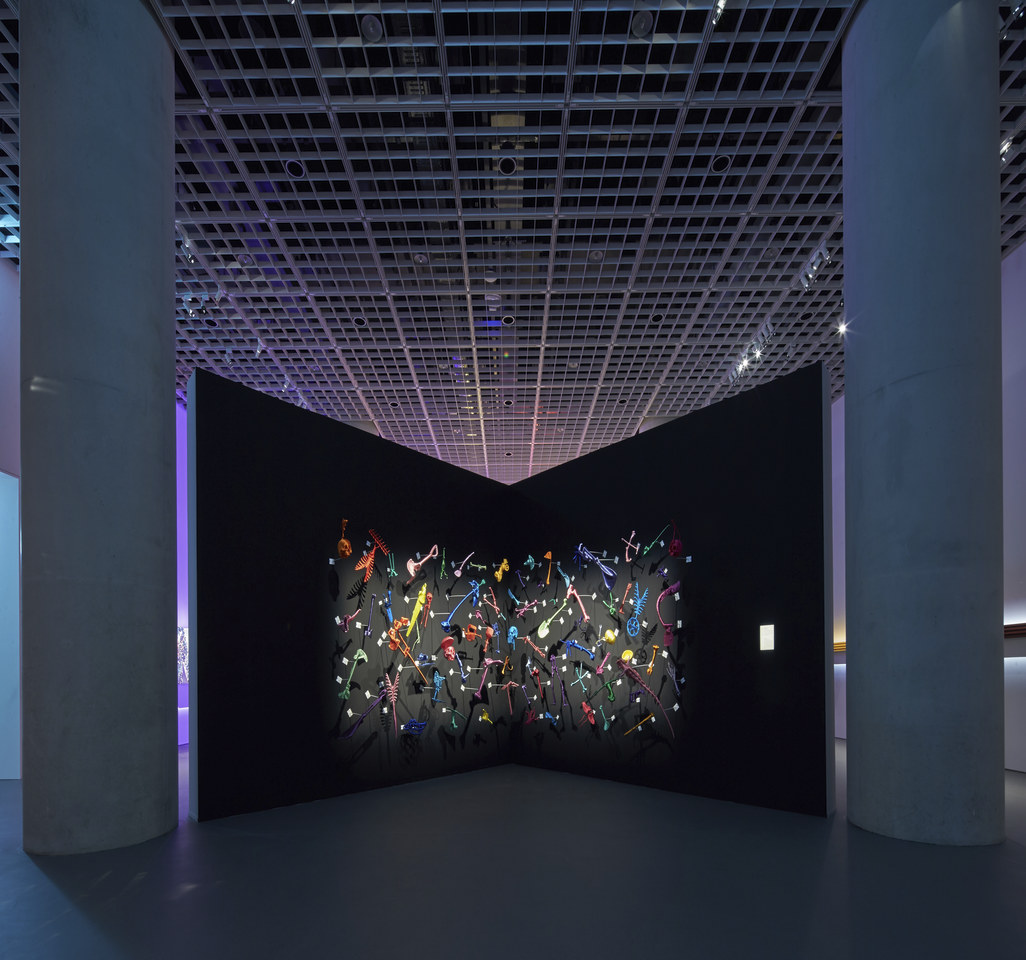
5. Immersive: Coloured Light Experiences
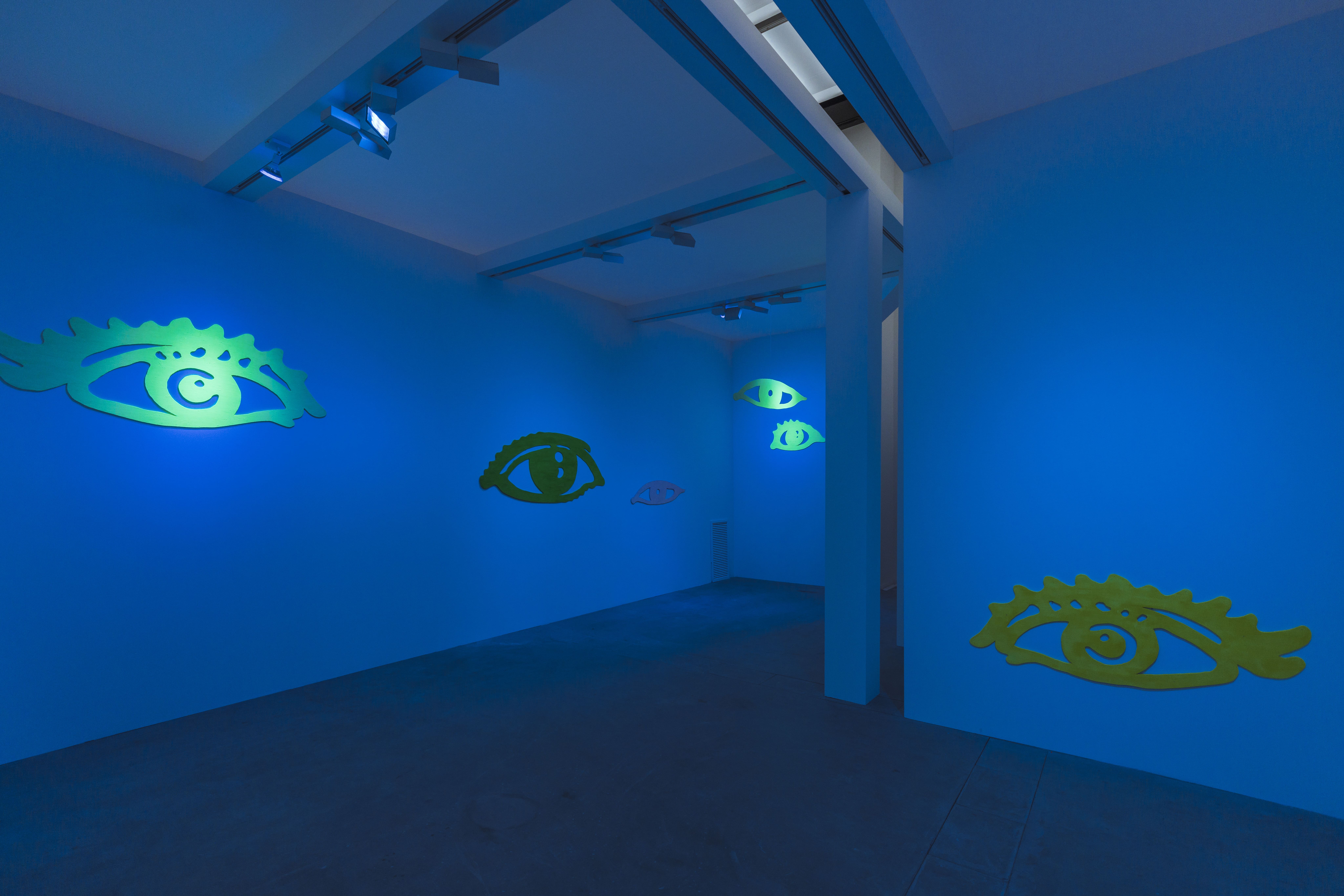
Immersive galleries plunge the viewer into a coloured light experience. Utilising ambient wallwashing with RGBW spotlights or recessed wallwashing downlights, along with accenting RGBW spotlights, this method creates incredibly atmospheric presentations of art and installations. It's often employed in gallery spaces with no natural light, allowing curators to 'colour' walls of exhibition spaces dynamically with light, rather than traditional paint.
Used for: Atmospheric presentations, enhancing installations, experiential art.
Effect: Viewer immersed in coloured light, dynamic wall colouring.
Example: K11, Hong Kong, Exhibition: Zhang Jian-Jun: Human Traces (Photographer: Jackie Chan).
Light Up Your Art: The Power of Consultation
As we've seen, the choice of lighting method dramatically impacts how art is perceived and engaged with. Even subtle elements like the colour temperature of your light can profoundly change the viewing experience of your artwork.
Have an artwork you'd like to light up perfectly? Or a gallery space you wish to transform for optimal display and sales? Contact us for a personalised consultation! We're here to help you navigate these sophisticated lighting strategies for your unique needs in the Singapore art market.
How can we support you?
Allow us to approach your new project together.
Return